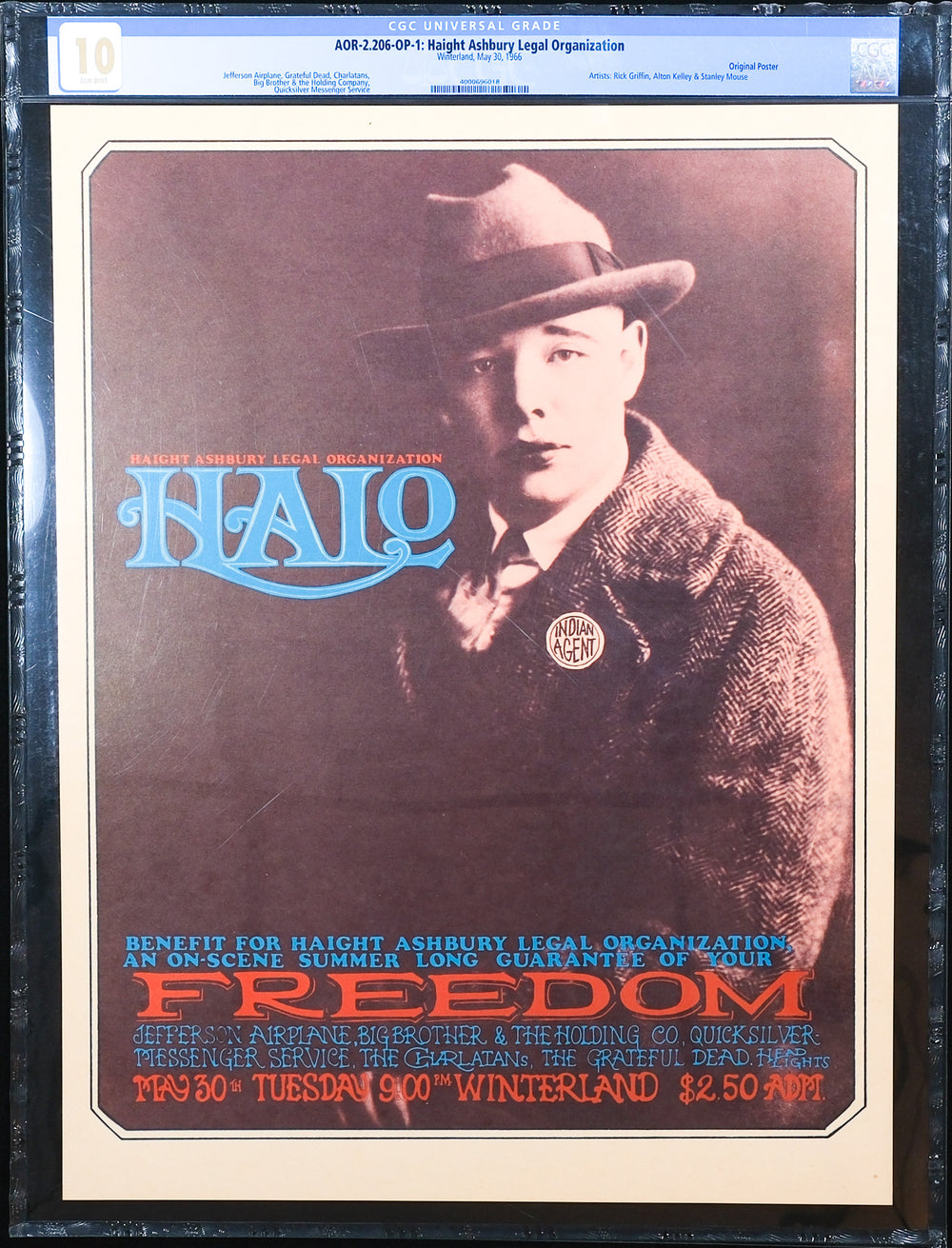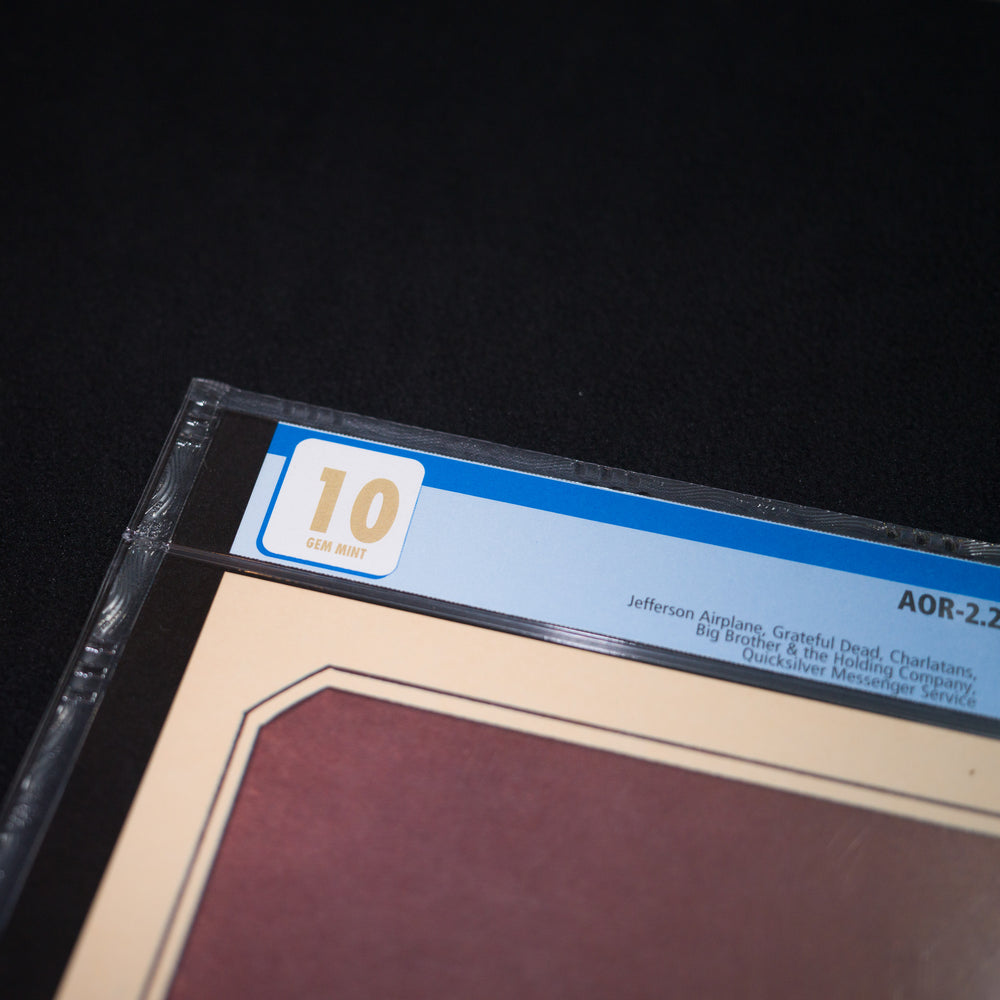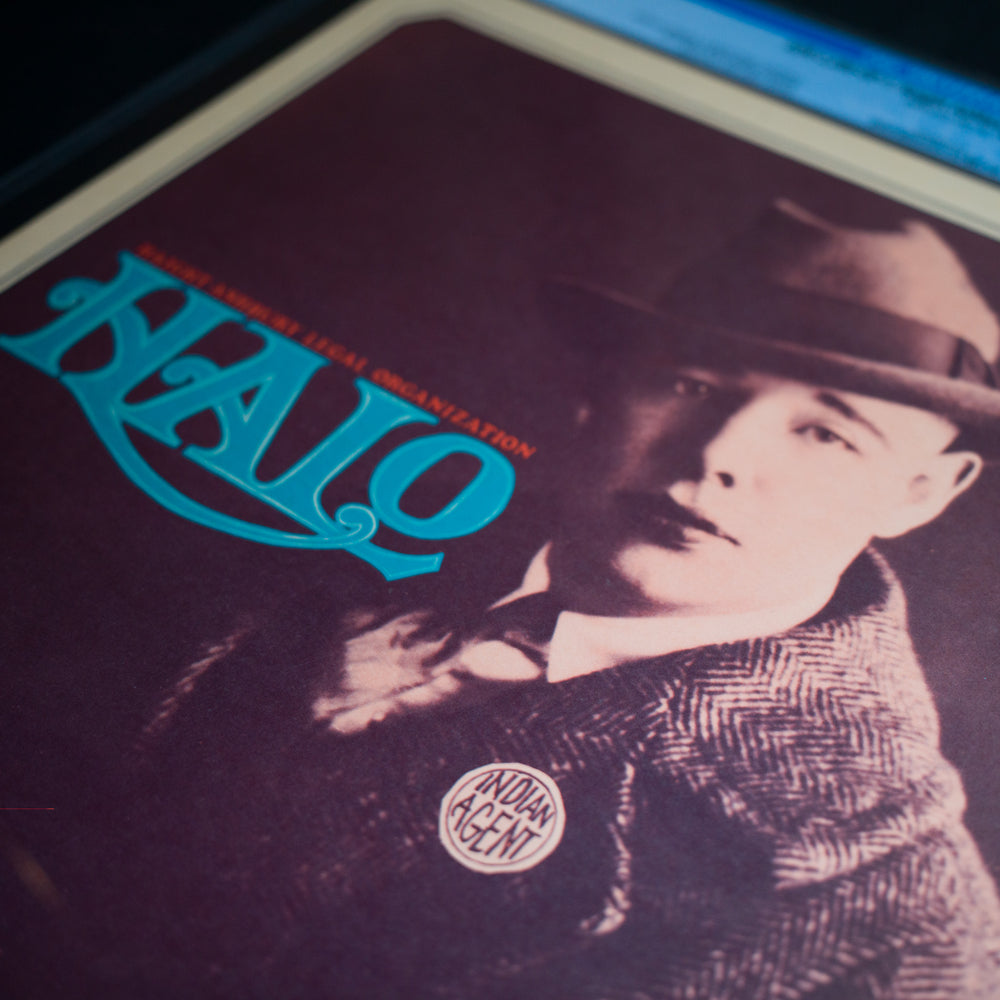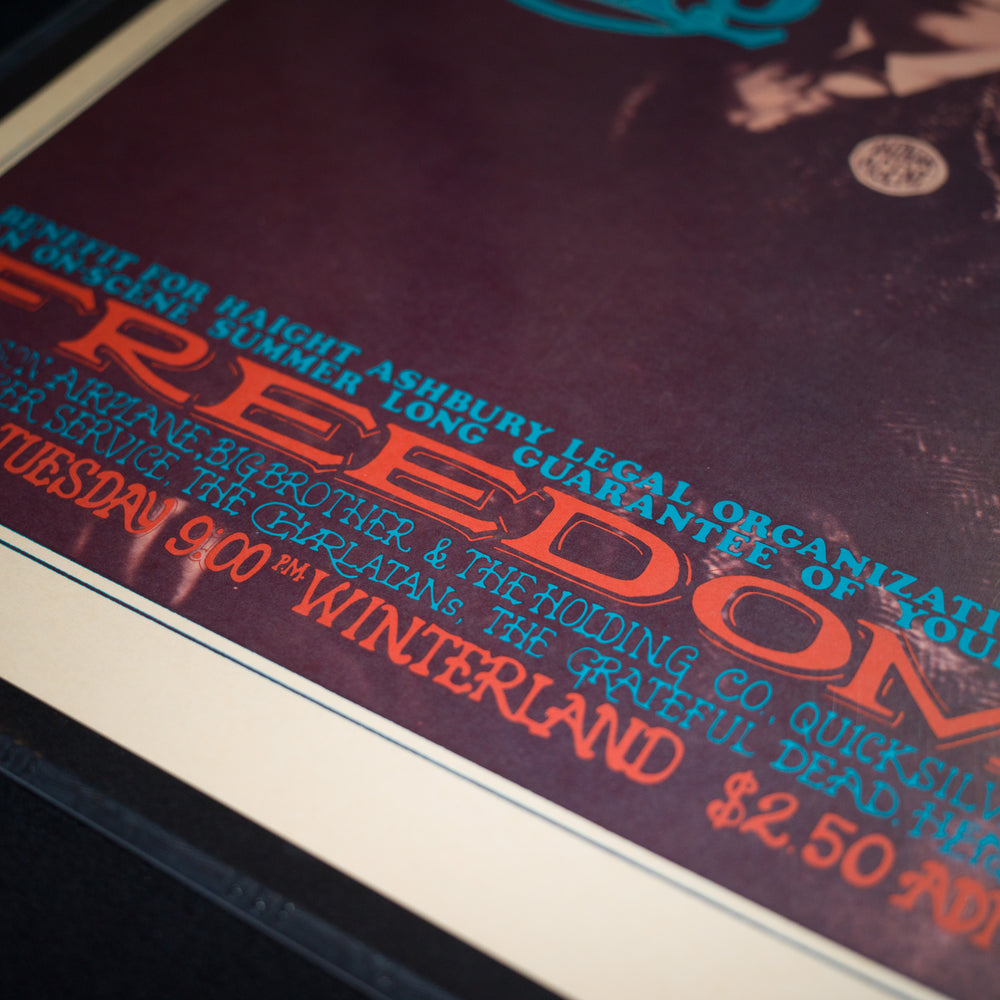Introduction
The Grateful Dead 1967 Haight Ashbury HALO Benefit Concert Poster, designed by Rick Griffin, Stanley Mouse and Alton Kelley, is one of the most iconic concert posters of all time. It was used to promote a benefit show at Winterland Arena in San Francisco on May 30, 1967, to raise funds for the Haight-Ashbury Legal Organization (HALO).
The poster features a vintage photograph of a wistful-looking man with a button on his tweed jacket that reads, "Indian Agent." The man's expression is both soft and gentle, and he could almost be mistaken for a gangster. The poster is also notable for its lack of psychedelia, which was a common feature of concert posters at the time.
The concert was a precursor to the Summer of Love, and it featured all five of the San Francisco "big five" bands: the Grateful Dead, Big Brother & the Holding Company with Janis Joplin, Jefferson Airplane, Quicksilver Messenger Service and the Charlatans. The bands reportedly played for a total of over 20 hours, and the show reportedly raised over $12,000 at $2.50 per ticket.
The Halo Benefit Concert Poster is today a highly sought-after collector's item, and it has been featured in numerous books and articles about rock and roll memorabilia. It is considered to be one of the most important concert posters of the 1960s, and it is a reminder of a time when San Francisco was a center of the counterculture movement.
Key Features
- Artist: Stanley Mouse
- Year: 1967
- Edition Size: AOR 2.206 OP-1
- Numbering: NA
- Signature: NA
- CGC Universal Grade: 10
- Dimensions: Approximately 14" x 18 5/16"
- Material: Original Screen Print
- Venue: San Francisco Straight Theater
The Artist: Stanley Mouse
Stanley Mouse, born in 1940, is an American artist renowned for his psychedelic rock concert posters and album covers. His distinct style, characterized by a harmonious blend of Art Nouveau, pop art, and surrealism, infuses his work with a vibrant energy and captivating imagery. Bold colors, flowing lines, and distorted figures transform his posters into vibrant visual narratives, while hidden symbols and references embedded within his creations add layers of depth and intrigue.
Mouse's artistic prowess has extended beyond the realm of rock posters, gracing the covers of albums, logos, and even clothing. His contributions to the psychedelic rock aesthetic have cemented his legacy, and his works continue to captivate audiences worldwide. Despite facing a stroke in 2023 that temporarily impaired his ability to draw, Mouse remains an active artist, dedicating himself to inspiring new generations of creative minds through his teachings and artistic endeavors. A true legend in the realm of rock posters, Stanley Mouse's legacy endures, ensuring that his captivating artwork will continue to be celebrated for years to come.
The Band: The Grateful Dead
In the swirling vortex of the 1960s, amidst the clash of social upheaval and artistic revolution in San Francisco, the Grateful Dead weren't just a band; they were a cultural phenomenon. A kaleidoscopic sonic mirror reflecting the kaleidoscopic times, they pulsed with free expression and defied categorization.
From the ashes of a jug band called Mother McCree's Uptown Jug Champions, the group morphed and melded, finally settling on their now-iconic moniker in 1965. Fueled by the visionary talents of Garcia, Pigpen, Lesh, Weir, and Kreutzmann, their sound was a genre-bending tapestry. Folk, blues, rock, country, psychedelia – they wove it all into improvisational journeys that stretched the boundaries of music itself.
Their live shows were marathons, legendary events of sonic exploration stretching for hours. Gone were the rigid structures of pop music; instead, they stretched and contorted their songs, morphing them into journeys of aural discovery. Garcia's guitar soared and wailed, Pigpen's bluesy vocals added a soulful grit, and the rhythm section laid down a hypnotic groove that could trance a listener into another dimension.
But the Dead were more than musicians; they were pied pipers of a counterculture movement. Their music became the soundtrack for the Haight-Ashbury acid scene, a rallying cry for those seeking a world beyond societal norms. Fueled by the soundman Owsley "Bear" Stanley's generosity, their free concerts were open to all, a radical testament to their belief in the democratization of art and community.
The Grateful Dead of the 1960s were a living embodiment of the era's zeitgeist. They were rebels with guitars, troubadours of a psychedelic revolution, and they left an indelible mark on the cultural landscape. Forever reminding us of the transformative power of music and the enduring spirit of a generation that dared to question everything, they were, and continue to be, a legend.
The Venue: The Straight Theater
In 1967, the Grateful Dead rocked Haight-Ashbury twice, each time at a venue that echoed the spirit of the neighborhood and the band itself.
June 15th: The Straight Theater, a counterculture haven at 1702 Haight Street, hosted a benefit for the Haight-Ashbury Legal Organization (HALO). This wasn't just a gig; it was a statement, the Dead's music amplifying the social justice pulse of the community. The Straight, with its avant-garde leanings, was a natural fit for the band's genre-bending jams and improvisational voyages.
October 6th: Buena Vista Park, a scenic escape overlooking the city, transformed into an unconventional stage for "The Death of the Hippie." This wasn't your typical concert. Organized by the Diggers, anarchist activists known for their theatrics, it was a mock funeral procession satirizing the perceived decline of Haight-Ashbury. The Dead, ever the willing collaborators, played the somber soundtrack for the marching mourners. This wild performance cemented their reputation for embracing the unpredictable and engaging with the era's social and political currents.
So, while both concerts were Haight-Ashbury born, they were venue chameleons. The Straight, a counterculture hub, saw the band rising in popularity and embracing their local roots. Buena Vista Park, a freewheeling canvas, witnessed their willingness to experiment and play a part in the social discourse. These weren't just gigs; they were snapshots of a band and a scene, forever intertwined in the vibrant tapestry of 1967 Haight-Ashbury.




